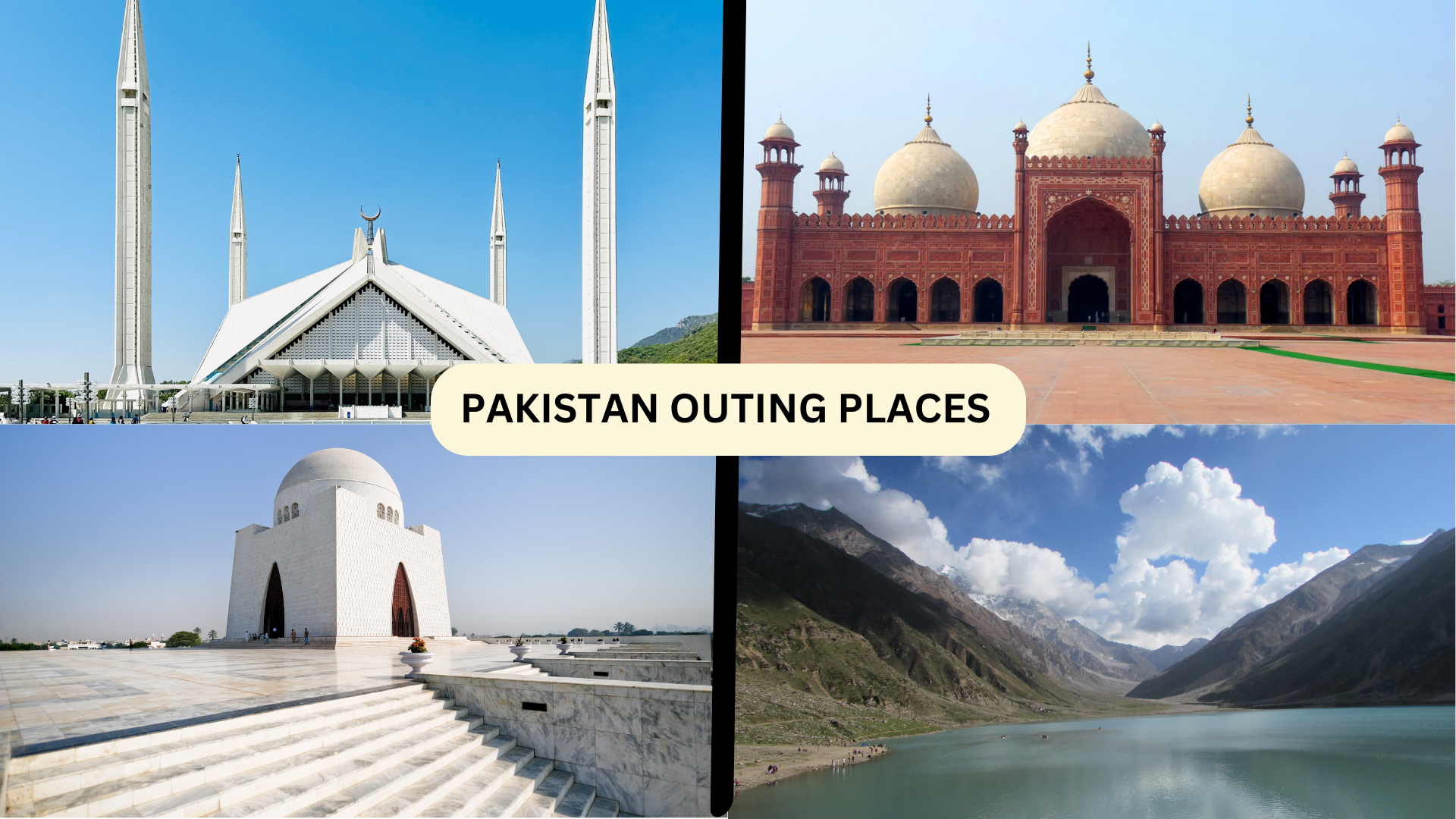Pakistan Flag History: Discover the Top Tourist Spots and Cultural Wonders 4 You
Pakistan is a land of vibrant cultures, rich history, and breathtaking landscapes. From the snow-capped peaks of the north to the arid deserts of the south, Pakistan offers a variety of experiences for every traveler. At the heart of this nation lies its flag, a symbol of unity and pride for its people. This article delves into the significance of the Pakistan flag and explores the cultural treasures and tourist spots that make Pakistan a must-visit destination.

Table of Contents
History of the Pakistan Flag

The Pakistan flag, with its green field and white stripe, was adopted on August 11, 1947, just days before the country gained independence. The flag’s design was inspired by the All-India Muslim League flag, symbolizing the aspirations of the Muslim community in the Indian subcontinent. The green represents the Muslim majority, while the white stripe stands for religious minorities. The crescent and star are traditional symbols of Islam, reflecting progress and enlightenment.
Cultural Significance of the Pakistan Flag

The green color in the flag signifies the Islamic heritage of Pakistan, representing peace and prosperity. The white stripe symbolizes the country’s commitment to religious minorities and the importance of diversity. The crescent moon denotes progress, and the five-pointed star represents light and knowledge. Together, these elements reflect the values and aspirations of the Pakistani people.
Overview of Pakistan’s Rich Culture

Pakistan is home to a mosaic of cultures, each contributing to the nation’s unique identity. The country boasts a multitude of ethnic groups, including Punjabis, Sindhis, Pashtuns, Baloch, and many more. With over 70 languages spoken across the nation, Pakistan’s linguistic diversity is a testament to its rich cultural fabric.
Traditional Pakistani Cuisine

Pakistani cuisine is a flavorful journey through the country’s diverse regions. From the spicy curries of Punjab to the aromatic biryanis of Sindh, the food in Pakistan is as varied as its people. Some popular dishes include biryani, nihari, kebabs, and haleem. Each region has its own specialties, such as the sajji from Balochistan and the chapli kebab from Khyber Pakhtunkhwa.
Folk Music and Dance with Pakistan Flag

Music and dance are integral to Pakistani culture. Traditional musical instruments like the tabla, sitar, and dholak create the unique sounds of Pakistani folk music. Dance forms such as bhangra, attan, and dhamal are performed during festivals and celebrations, showcasing the vibrant spirit of the people.
Festivals and Celebrations

Pakistanis celebrate a variety of festivals that highlight their cultural and religious diversity. Eid-ul-Fitr and Eid-ul-Adha are major religious holidays, while Independence Day on August 14th is a national celebration with Pakistan Flag marked with parades and fireworks. Cultural festivals like Basant in Punjab and the Shandur Polo Festival in the north offer a glimpse into the local traditions and customs.
Architectural Marvels

Pakistan’s architectural heritage is a blend of ancient and modern influences. Historical monuments such as the Lahore Fort, Badshahi Mosque, and Shalimar Gardens in Punjab reflect the grandeur of the Mughal era. Modern architecture, like the Faisal Mosque in Islamabad and the Pakistan Monument, showcases contemporary design aesthetics.
Tourist Attractions in Punjab

Punjab, known as the land of five rivers, is a region rich in history and culture. The Lahore Fort and Badshahi Mosque are iconic landmarks that offer a peek into the Mughal era’s architectural brilliance. The Shalimar Gardens, with their meticulously designed landscapes, provide a serene escape from the city’s hustle and bustle.
Tourist Attractions in Sindh

Sindh is home to some of Pakistan’s most significant archaeological sites. Mohenjo-Daro, a UNESCO World Heritage site, is one of the world’s oldest urban settlements, offering insights into the ancient Indus Valley Civilization. The Makli Necropolis, another UNESCO site, is one of the largest funerary sites in the world. Karachi, the provincial capital, boasts attractions like Clifton Beach and the Quaid-e-Azam’s Mausoleum.
Tourist Attractions in Khyber Pakhtunkhwa
Khyber Pakhtunkhwa, with its rugged mountains and lush valleys, is a paradise for nature lovers. The Swat Valley, often referred to as the “Switzerland of the East,” is renowned for its stunning landscapes and archaeological sites. The Peshawar Museum houses a rich collection of Gandhara art, while Ayubia National Park offers picturesque hiking trails.
Tourist Attractions in Balochistan
Balochistan, the largest province by area, is known for its unique landscapes and cultural heritage. Quetta, the provincial capital, is surrounded by majestic mountains and offers a blend of natural beauty and cultural experiences. Hingol National Park, with its diverse wildlife and striking geological formations, is a must-visit. The town of Ziarat, famous for its juniper forests and the Quaid-e-Azam Residency, is another highlight.
Northern Areas of Pakistan
The northern areas of Pakistan are a haven for adventure enthusiasts and nature lovers. The Hunza Valley, with its breathtaking scenery and vibrant local culture, is a top tourist destination. Fairy Meadows, located at the base of Nanga Parbat, offers some of the most spectacular views of the Himalayas. Skardu, the gateway to some of the world’s highest peaks, is a popular spot for trekking and mountaineering.
Cultural Practices and Traditions
Pakistani culture is deeply rooted in traditions and social customs. Hospitality is a cornerstone of Pakistani society, with guests often treated with great respect and generosity. Traditional clothing varies by region, with shalwar kameez being the national dress. Women often wear colorful dresses adorned with intricate embroidery, while men don simple yet elegant outfits.
Conclusion
Pakistan Flag symbolizes the unity and diversity of its people, reflecting the nation’s rich cultural heritage and aspirations. From its historical landmarks and natural wonders to its vibrant festivals and delicious cuisine, Pakistan offers a plethora of experiences for tourists. Whether you’re exploring ancient ruins in Sindh, hiking in the northern valleys, or enjoying the bustling streets of Lahore, Pakistan promises an unforgettable journey.
Complete History of Pakistan
FAQs
1. What is the significance of the Pakistan flag? The Pakistan flag symbolizes the country’s Islamic heritage and its commitment to religious diversity. The green field represents the Muslim majority, while the white stripe stands for religious minorities. The crescent and star are traditional symbols of Islam.
2. What are some must-try Pakistani dishes? Must-try Pakistani dishes include biryani, nihari, kebabs, haleem, sajji, and chapli kebab. Each region offers its own unique culinary specialties.
3. Which is the best time to visit Pakistan? The best time to visit Pakistan is during the spring (March to May) and autumn (September to November) when the weather is mild and pleasant.
4. Are there any safety concerns for tourists in Pakistan? While there are some areas in Pakistan that are not recommended for tourists due to security concerns, many regions, especially major cities and tourist spots, are considered safe. It’s always best to stay updated on travel advisories and take necessary precautions.
5. What are the key cultural festivals in Pakistan? Key cultural festivals in Pakistan include Eid-ul-Fitr, Eid-ul-Adha, Independence Day, Basant, and the Shandur Polo Festival. These festivals offer a glimpse into the country’s rich traditions and vibrant culture.
editor's pick
latest video
news via inbox
Nulla turp dis cursus. Integer liberos euismod pretium faucibua





